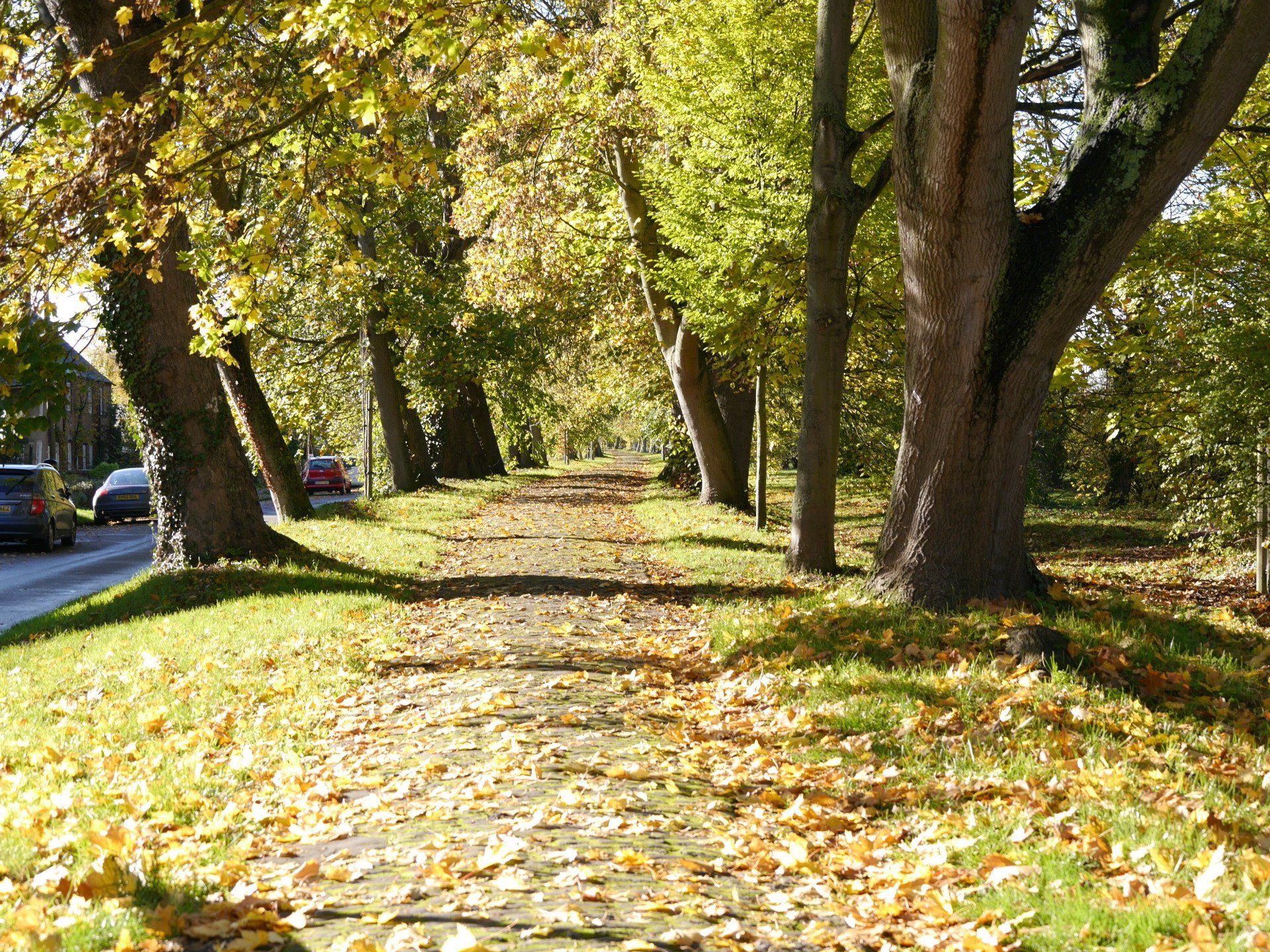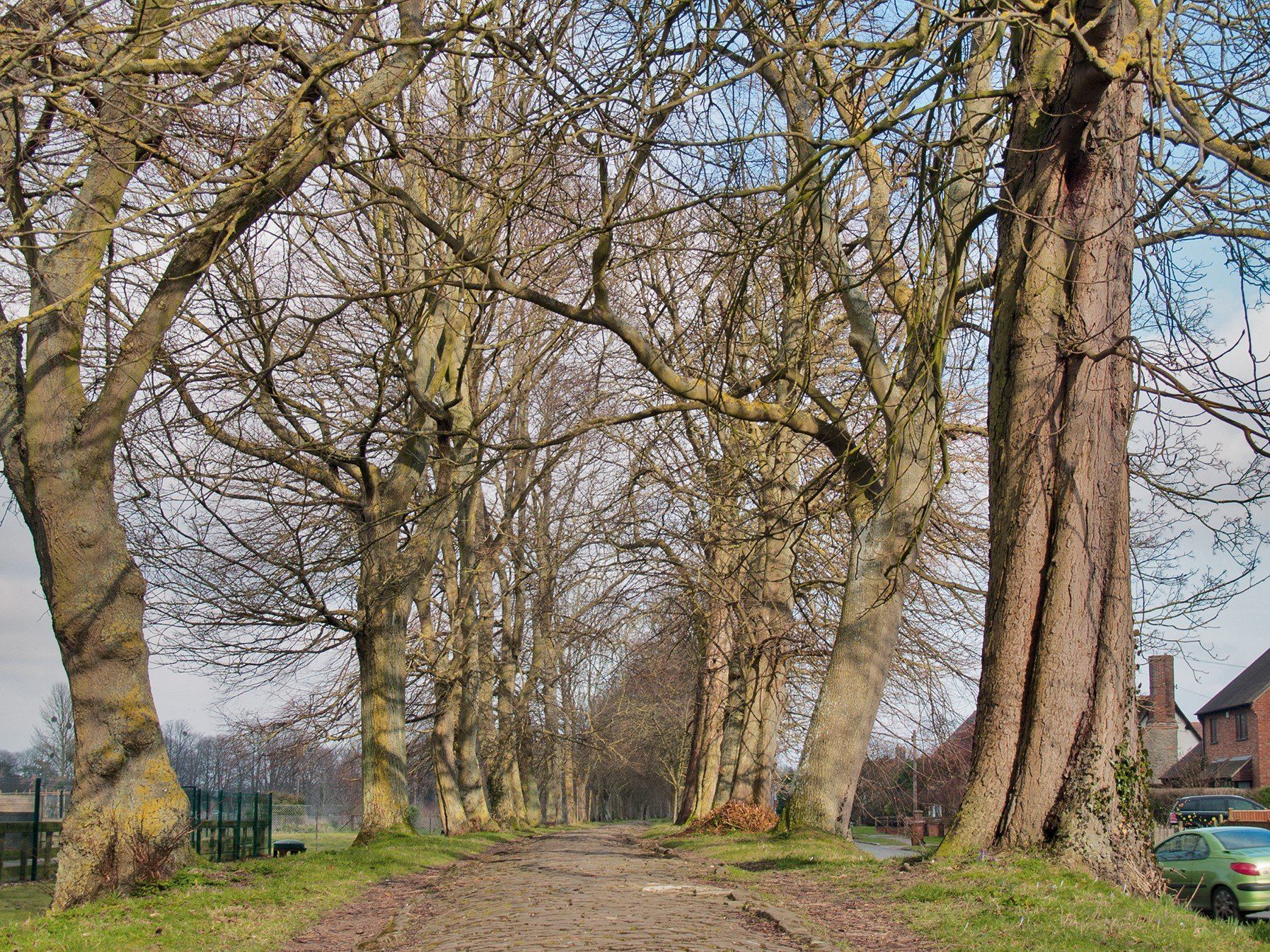The Causeway
The Causeway is perhaps Steventon’s most well-known feature but about which there is so little known. English Heritage, recognising its antiquity and importance, have placed a Grade Two Star listing on it, interestingly classifying it as a building rather than a monument.

What is known about this three-quarter mile long earthen embankment is rather skimpy. Its recent past (over the last 150 years) is well documented in that its care has been under the auspices of The Causeway Charitable Trust. From the Trust’s records, we know for example, that a 100 years ago, The Causeway was lit by gas lights. Also the pitchings (cobble stones) came from the Cothill quarries near Marcham, in the late 19th century (a local historian calculated that 370 cart loads would have been required). Anything before ‘The Causewaymen’, (the fore runners to the Charitable Trust), is all a mystery.
The first documentary evidence for its existence dates from 1404. A later document of 1418 mentions that by ancient custom the manor tenants were responsible for its maintenance. This hints at a history going back at least into the 14th century. However, alignment of the buildings facing The Causeway for its entire length is solid evidence that The Causeway pre-dates the houses. As some of the houses can be dated back to the late 13th century, and the plots of lands upon which they are built before even that, it seems that at the very latest, The Causeway was constructed in the mid 12th century – around the time Henry I gifted Steventon to the Abbey of Bec in Normandy.
Speculation as to why it was built has entertained the residents of the villages for many a long evening in The North Star, and although the ideas become more fanciful as the beer is supped, hard facts remain a scarcity. What is clear is that the embankment crosses what was at one time marshy land. Most opinion agrees with this assessment. However, opinion starts to diverge when thoughts are turned to who was trying to cross this marshy land. Even quite reputable books, including most professional archaeological reports for the local area, repeat the theory that it was built by the monks of the priory to ease passage to church. This is almost certainly untrue. For a start, there were only two monks in residence. Secondly, it is most unlikely they commanded the resources to embark on such a project. Thirdly, very few people lived at the far end of The Causeway in the 12th century and for those that did, there were more direct routes to the church. What seems more reasonable is that The Causeway lies on a longer distanced path from the Berkshire Downs to The Thames and, such was the importance of this path, that someone in authority and with access to decent resources, instructed it to be constructed. As a comparison, the Abingdon Road in Oxford, was also carried on a causeway over the braided River Thames, and this was built in Saxon times and upgraded by the Normans. The Norman responsible was Robert D’Oyly, an important local magnate who also had connections with Steventon, and perhaps significantly, property or land in Sutton Courtenay and Letcombe Bassett. These two villages stand at either end of the longer track. Was Robert D’oyly responsible?
Speculation will no doubt continue and perhaps it will require a serious archaeological excavation to reveal The Causeway secrets. Indeed, one very well-known group of such experts have certainly turned their minds to it. One evening in 2009, Television’s Time Team were enjoying a well earned pint in the North Star following a hard day’s digging down the road at Drayton. Phil Harding, the maverick archaeologist, Oxfordshire born and bred, was overheard remarking to his fellow programme presenters Mick Aston and Tony Robinson, “I’d liked to take me trowel to that there embankment one day. I’d wager it be Roman” And so the speculation continues …
Causeway in Winter
